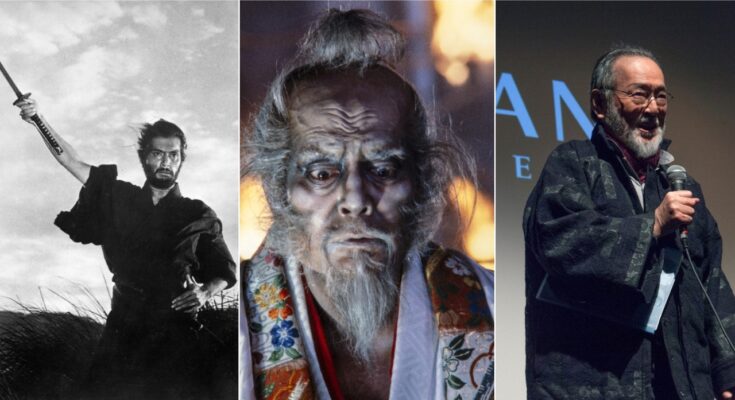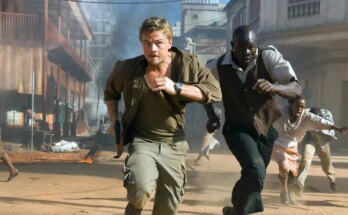Japanese actor Tatsuya Nakadaimonumental figure of Japanese and world cinema, favorite interpreter of directors Akira Kurosawa And Masaki Kobayashidied in Tokyo at the age of 92. The news of his disappearance was spread by “The Japan News”. Born in Tokyo on December 13, 1932, with the name Motohisa Nakadai, he was a young salesman when he was noticed by chance by director Kobayashi, who wanted him in the film “The Room with Thick Walls” (1954). From then on he began an extraordinary career, marked by stronger interpretations than others, until he became a symbol of post-war Japan, divided between tradition, honor and modernity.
Consecration
With Kobayashi, Nakadai established a deep and lasting artistic bond, participating in eleven of his films. His consecration came with the trilogy “The Human Condition” (1959-1961), in which he played Kaji, a pacifist forced to confront the brutality of militarism and oppression. The role established him as one of the most intense and moral performers in Japanese cinema. He then directed him in “The Last Samurai” (1967). In 1962 he again worked with Kobayashi on «Harakiri», a harsh denunciation of the rigid samurai code of honor. As the ronin Hanshiro TsugumoNakadai offers one of his most famous interpretations, a symbol of dignity and rebellion against the hypocrisy of feudal power.
His career soon crossed paths with that of Kurosawa, the greatest Japanese director of the 20th century. Nakadai made a brief, uncredited appearance in “The Seven Samurai” (1954): a small role that, over time, earned him the affectionate nickname “the eighth samurai”, a symbolic recognition of his entry into the world of major Japanese cinema. He later became one of Kurosawa’s favorite faces, especially after the director broke up Toshiro Mifunewith whom Nakadai was good friends. Kurosawa singled him out for performances of extraordinary intensity in “Kagemusha – Shadow of the Warrior” (1980) and “Ran” (1985). In the final film, inspired by William’s “King Lear”. ShakespeareNakadai stars as Hidetora Ichimonji, an aging ruler who saw his legacy destroyed by the ambitions of his children.
It was a colossal role, full of tragedy and humanity, that forever marked the history of world cinema. Kurosawa himself defined him as “an actor capable of turning silence into speech and speech into pain”. Meanwhile, Kurosawa had directed him in “The Samurai’s Challenge” (1961), “Sanjuro” (1962) and “Anatomy of a Kidnapping” (1963).
Great gentlemen
During his more than seventy year career, Nakadai worked with masters such as Kon Ichikawa, Hiroshi Teshigahara, Hideo Gosha, Mikio Naruse and Kihachi Okamoto. Among his most famous films are “Kwaidan” (1964), “The Face of Another” (1966), “Goyokin” (1969) and “Hachiko Monogatari” (1987). Always graceful and wise, he had a stage appeal that made him a reference for generations of actors. His other films include: «Killing Frenzy» (1959) by Eizo Sugawa (1959), «Immortal Love» (1961) by Keisuke Kinoshita (1961), «Outpost of the Desperate» (1965) by Kihachi Okamoto, «The Battle of Port Arthur» (1969) by Seiji Maruyama (1969) repeating that “an actor should never stop searching for the truth, even when playing a samurai”. With his passing, an era of Japanese cinema ended: an era of great performers who, with silent power, told the story of Japan and humanity losing its last samurai.
© ALL RIGHTS RESERVED



